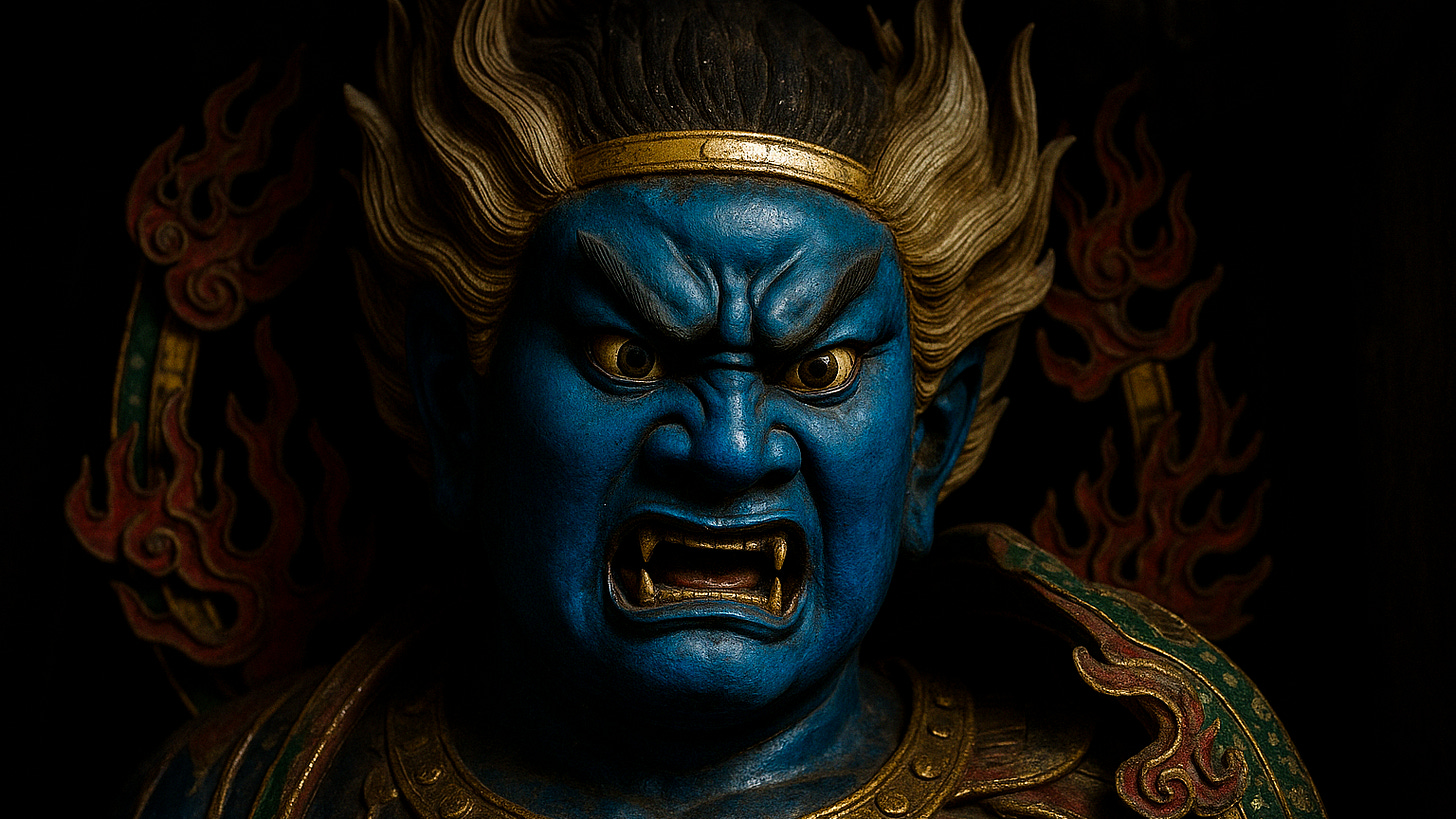The Monk Militarization Era
Birth of Sohei and Rise of Samurai
I typically visit Shinto shrines, but occasionally I also go to Buddhist temples. Among these, I particularly love Kongobu-ji Temple on Mount Koya, established by Kukai, who introduced Esoteric Buddhism to Japan, and Murō-ji Temple in Uda City, Nara Prefecture, known for legends of En no Ozunu, the founder of Shugendō. Sometimes I visit these temples during specific seasons, immersing myself in thoughts about bygone eras. Historically, two key centers in Japanese history are Yamato (modern Nara) and Heiankyo (modern Kyoto). During a certain period of the pandemic, I visited Nara daily to research various topics predating the Heiankyo period, while at other times I based myself in Kyoto to explore the history surrounding Heiankyo itself.
Nara was the heartland where Buddhism quickly rose to prominence after its introduction to Japan, becoming a major political and cultural force. Now, its former power has waned, and the once-glorious Buddhist influence has become a relic of the past, allowing visitors like myself to enjoy quiet contemplation. However, temples such as Kofuku-ji, Todai-ji, and Enryaku-ji on Mount Hiei, though serene today, once had the exact opposite—an intense, often bloody vitality exemplified by the armed monk warriors known in Japan as “Sohei” (僧兵).



